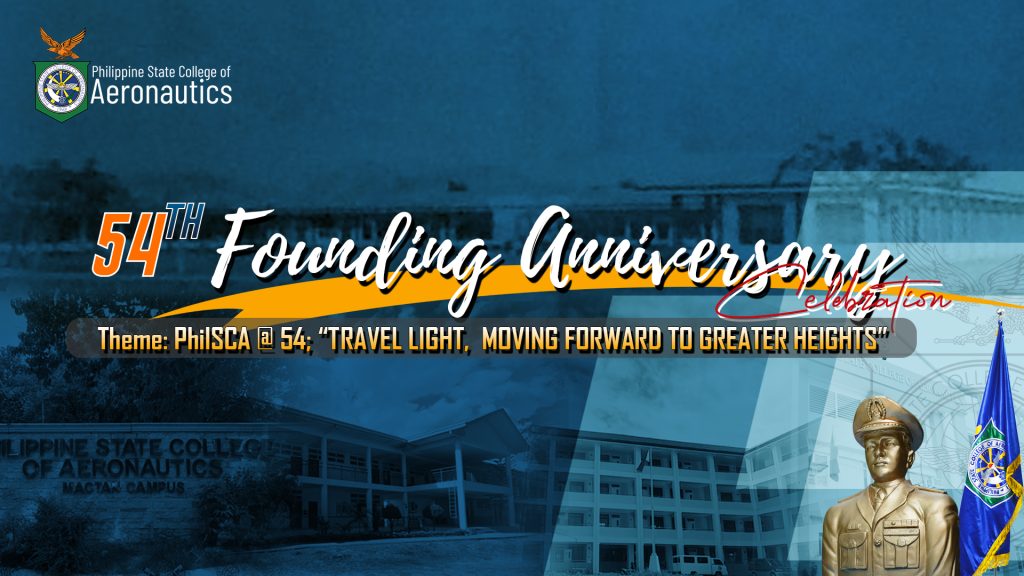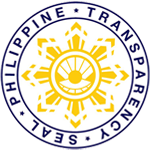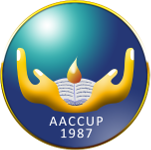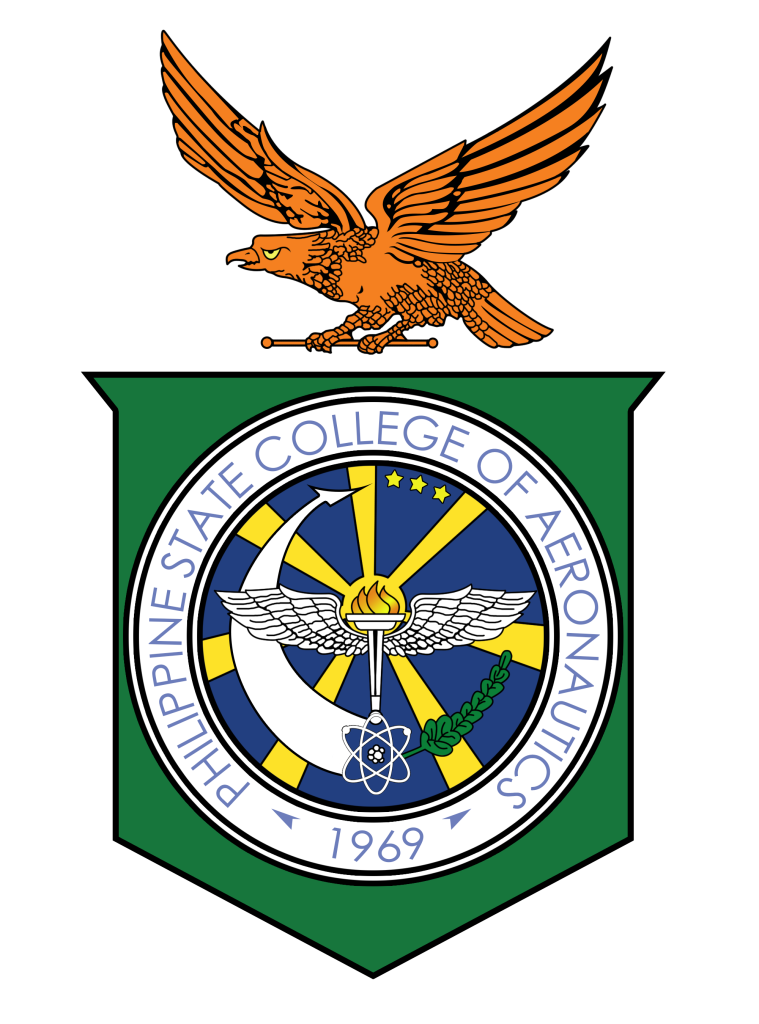PHILSCA @ 54: TRAVEL LIGHT, MOVING FORWARD TO GREATER HEIGHTS!
Today marks the 54th Founding anniversary of the only aviation state college in the Philippines, PhilSCA.
On 23 April 1969, the Department of National Defense of the Republic of the Philippines, through its Armed Forces, issued the AFP Regulation G.168-342, which marked the establishment of the Basa Air Base Community College or BABCC in Floridablanca in the province of Pampanga. PhilSCA’s founder, Col. Norberto Furagganan, spearheaded the opening of collegiate courses in the Barrio High School. Initially, the aim was to address the immediate concerns of the Fifth Fighter Wing of the Philippine Air Force, which was stationed at the air base at that time. Through the AFP Regulation G.168- 342, the service area was expanded to accommodate not only those dependents of the military inside but also the community outside the Base who were given access to the institution. The Basa Air Base Community College was envisioned to cater to the needs of military personnel from the different parts of the archipelago. When the community college was in formal operation, it functioned as a government institution directed by the Armed Forces of the Philippines.
The old barracks buildings were improved and refurbished to accommodate classes conducted in the evening after sessions at the Barrio High School. The community college started service for the school year 1969-1970. Classes run at that time were the first two-year courses of baccalaureate degrees leading to Bachelor of Science in Commerce, Bachelor of Science in Education, and Liberal Arts. Furthermore, two-year courses in Aircraft Maintenance Engineering and one year in Radio Technician and Automotive Repair were also offered. Teachers of the Basa Air Base Barrio High School who were qualified to be instructors became members of the BABCC faculty. The technical courses were mentored by military men who were qualified and seasoned instructors of their peers in the service. On 25 September 1970, the Department of Education granted the authority to the institution to offer the complete 4 -year degrees. In addition, three novel baccalaureate 4-year courses were approved for enrolment for the school year 1970-1971. These courses were the Bachelor of Science in Aviation, the Bachelor of Science in Supply Management, and the Bachelor of Science in Aircraft Maintenance Engineering. The Department of Education approved the courses on the strength of the rationale that the curricula were patterned after the courses studied by the military personnel in their schooling in military bases in the USA. The military personnel who studied the courses were experienced and well-trained in the service to conduct the classes with the support of educational material available at that time. (Source: The Philippine State College of Aeronautics, From Basa and Beyond)
On 26 January 1977, then President of the Philippines, FERDINAND E. MARCOS, approved and signed Presidential Decree 1078, “Converting the Basa Air Base Community College into Philippine Air Force College of Aeronautics (PAFCA) Providing for a Charter for this Purpose.”
On 03 June 1992, Republic Act 7605, also known as “An Act Converting the Philippine Air Force College of Aeronautics Into A State College to be Known as the Philippine State College of Aeronautics, and For Other Purposes, Amending Presidential Decree Numbered Ten Hundred Seventy-Eight Entitled, “Converting the Basa Air Base Community College into Philippine Air Force College of Aeronautics (PAFCA) Providing for a Charter for this Purpose” was approved and signed by then PHILIPPINE PRESIDENT CORAZON C. AQUINO.
Fast forward to its 54th year of existence, the Philippine State College of Aeronautics envisions becoming a leading professional aviation education institution with balanced liberal arts and technology. PhilSCA continuously produces industry-ready and world-class graduates through quality instruction, research, extension, resource management, and linkages.
Announcement
54th PhilSCA Founding Anniversary






